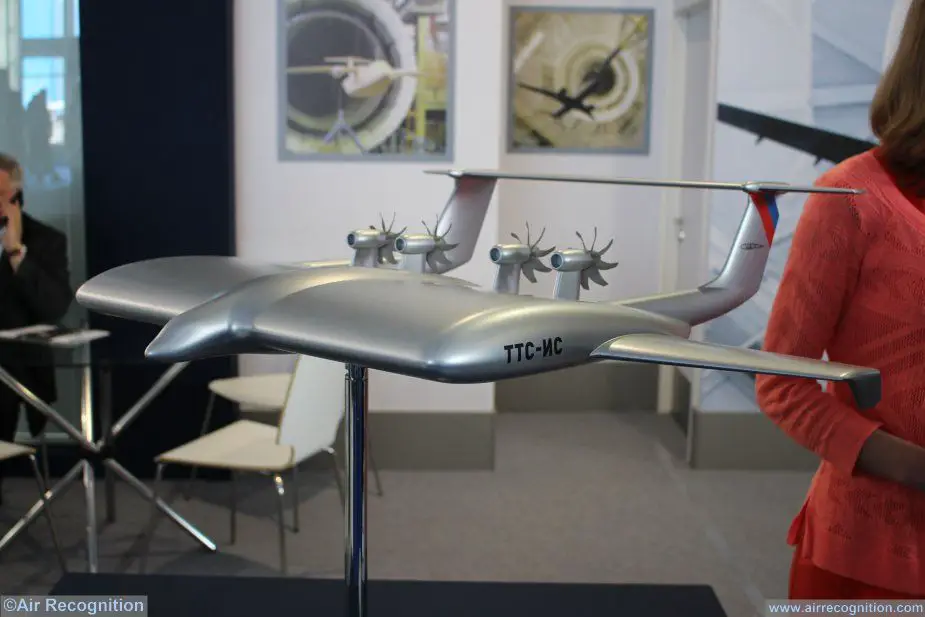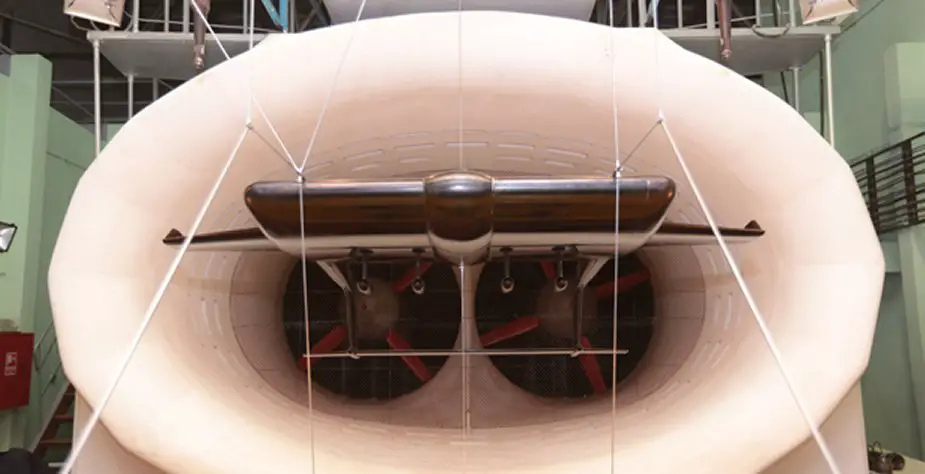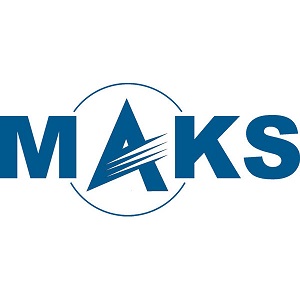Russia's Central Aerohydrodynamic Institute (TsAGI) started wind tunnel tests with models of a heavy transport aircraft featuring an unconventional layout, the Institute's press service said on October 11, 2018.
 A model of TsAGI's HCA-LB heavy cargo aircraft concept at MAKS 2017
A model of TsAGI's HCA-LB heavy cargo aircraft concept at MAKS 2017
During these tests, different models of the aircraft were tested, checking different dispositions of the wing tips and nose section. The results will be used to further improve the aerodynamic layout.
The model was tested in the cruiser, takeoff and landing regimes. A special screen looking like a round-ended plate was used to simulate the water, ice and ground surfaces.
The trials showed that the model had a high degree of aerodynamic efficiency both near the screen and without it, which will allow performing stable and controllable flights.
Unveiled at MAKS 2017, the future heavy transport plane is being developed to haul big cargo weighing up to "500 metric tons of containerized freights from with speed of 500 km/h at distance above 6,000 km," then declared TsAGI representative. Standard containers can be used. They are supposed to be accommodated by the cargo bays in the wings and boarded through hatches of the forebody slats of the plane’s central part.
The plane is planned to be operated by relevant airfields. The main part of the flight is performed by planes of the type at an altitude of 3-12 meters above water, ice or the ground.
Such surfaces create the ground effect that increases the aerodynamic quality and, as a result, reduces fuel consumption and boosts the range.
The future plane is planned to be powered by liquefied natural gas. Unlike aviation kerosene, this cryogenic propellant has high energy efficiency and decreased hazardous emissions.
The natural gas will make flights environmentally friendly and ensure the competitiveness of the Russian-made plane on the global market.
 HCA-LB model being tested in TsAGI wind tunnel
HCA-LB model being tested in TsAGI wind tunnel
(Credit: TsAGI)
Unveiled at MAKS 2017, the future heavy transport plane is being developed to haul big cargo weighing up to "500 metric tons of containerized freights from with speed of 500 km/h at distance above 6,000 km," then declared TsAGI representative. Standard containers can be used. They are supposed to be accommodated by the cargo bays in the wings and boarded through hatches of the forebody slats of the plane’s central part.
The plane is planned to be operated by relevant airfields. The main part of the flight is performed by planes of the type at an altitude of 3-12 meters above water, ice or the ground.
Such surfaces create the ground effect that increases the aerodynamic quality and, as a result, reduces fuel consumption and boosts the range.
The future plane is planned to be powered by liquefied natural gas. Unlike aviation kerosene, this cryogenic propellant has high energy efficiency and decreased hazardous emissions.
The natural gas will make flights environmentally friendly and ensure the competitiveness of the Russian-made plane on the global market.






















